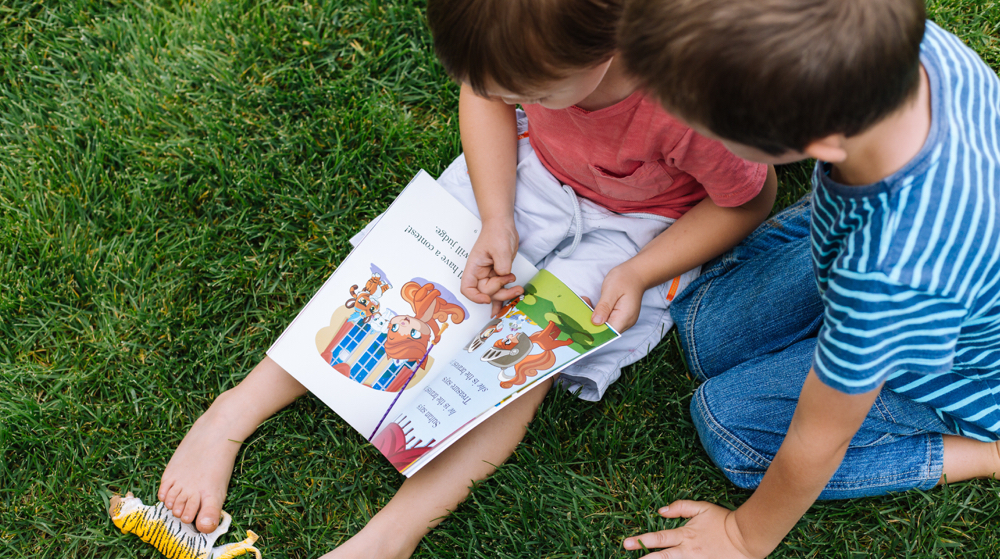November is National Family Literacy Month, organized by the National Center for Families Learning. Originally, the group worked with Congress to designated November 1 National Family Literacy Day in 1994. Now the organization celebrates the cause all November long and distributes a guide of 30 days of family activities to try.
I say, let’s prioritize literacy all year long and use the awareness month as an opportunity to reflect and recommit. Going hard for a short period of time, the 30 Days of Families Learning Together guide’s approach, requires levels of organization and motivation that are tough to sustain. Worse, the intensity can lead to burnout and a total drop-off once the time’s up.
If we truly care about the issues (from family literacy to lung disease, another November awareness topic), we should find ways to act on our commitment year-round. In the case of family literacy, this may mean working on our own family’s literacy and/or supporting literacy for families in our community or around the word.
That’s why I recommend that instead of setting aside extra time every day this month to hammer away at your family literacy goals, you instead set aside 30 minutes this month to brainstorm ways you can automate or embed literacy into your daily life for good. (And this system works for any issue you care about, awareness month aside.)
For example, ask yourself, what can I do this month that will bolster family reading in my home and others’?
Here are five ways to take action now that will have a long-term impact on family literacy in your home or community:
• Subscribe to a book-delivery service. Numerous monthly book clubs exist that will ship titles to your home for between $10 and $50 per month. Different clubs cater to children from infancy through the teen years and are curated by children’s lit experts, bookstores, or even kids themselves. Google “children’s book subscription services” to find a few.
• Subscribe to a family-friendly magazine. A magazine or newspaper subscription can serve a similar purpose. Use the periodical’s arrival as a cue to snuggle together on the couch, read some articles, and talk through new words, ideas, and information together.
• Join or start a book club. Nothing creates accountability like joining a group. Connect with a family book club at your local bookstore or library. If you can’t find one, start your own! A regular meeting schedule, enthusiastic members, and clear guidelines for book selection will get a startup club rolling.
• Eliminate the competition. Get rid of digital devices, or store tablets and TVs in inconvenient or uncomfortable locations to lessen screen-time temptation. Implement a reading-first policy, so screen time is accrued in proportion to how much you and your kids have read that day.
• Set up a recurring donation. Nonprofit organizations that bolster family literacy are in constant need of support. Find organizations in your area that equip families with the books, knowledge, skills, and support to set kids up for educational success. Then automate recurring donations to one or more. As a donor, you’ll receive communications about the group’s aims and impact, as well as opportunities to learn and get more involved.
When Family Literacy Month rolls around next year, you’ll have a built-in reminder to assess the impact of what you’ve done.
Take this annual opportunity to ponder questions like: Have you enjoyed the magazine or book-service subscription, or is it time to cancel? How has the book club fared? Have you discovered new reads, increased reading time, or made new bookish friends? What impact has lessening screen time had on your reading and family life (or have you stuck to your commitment)? How much have you contributed to the literacy organization you chose? Would you like to continue or increase your support based on what you’ve learned this year? Would you like to switch to or add a new group to support?
And just like that, you’ve turned an awareness month into a lifestyle.
What awareness month is resonating with you now—literacy-related or otherwise? How might you make your commitment last all year long?


